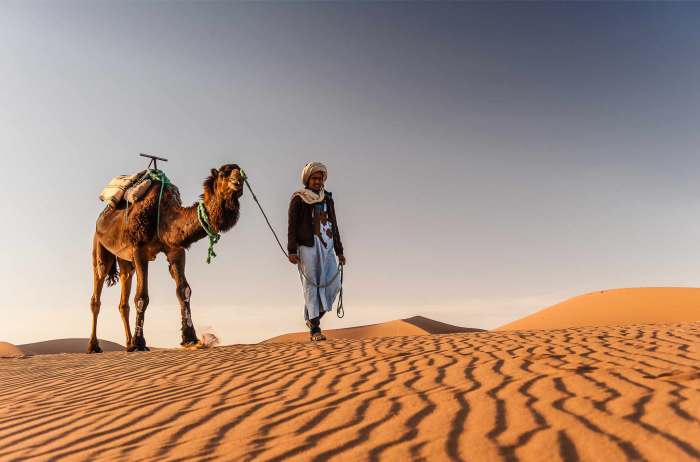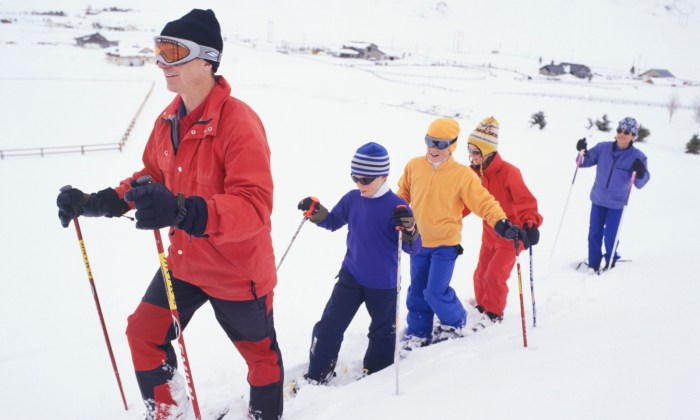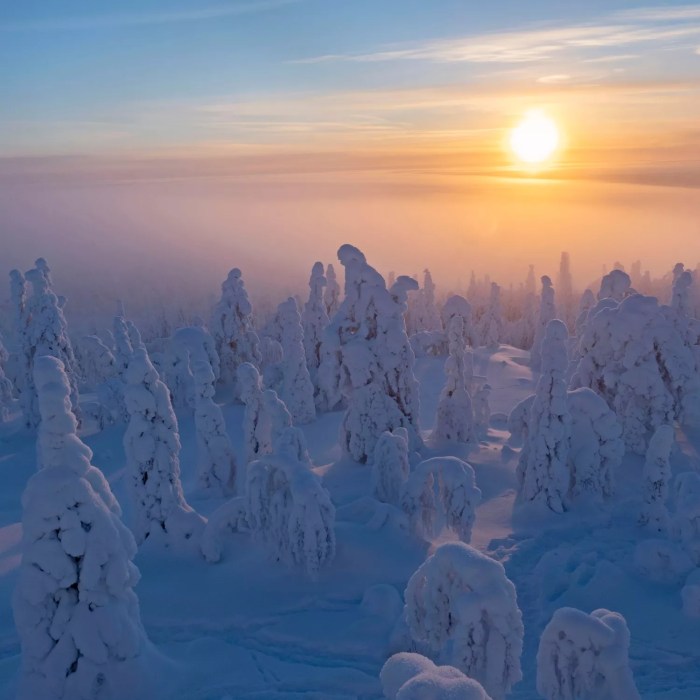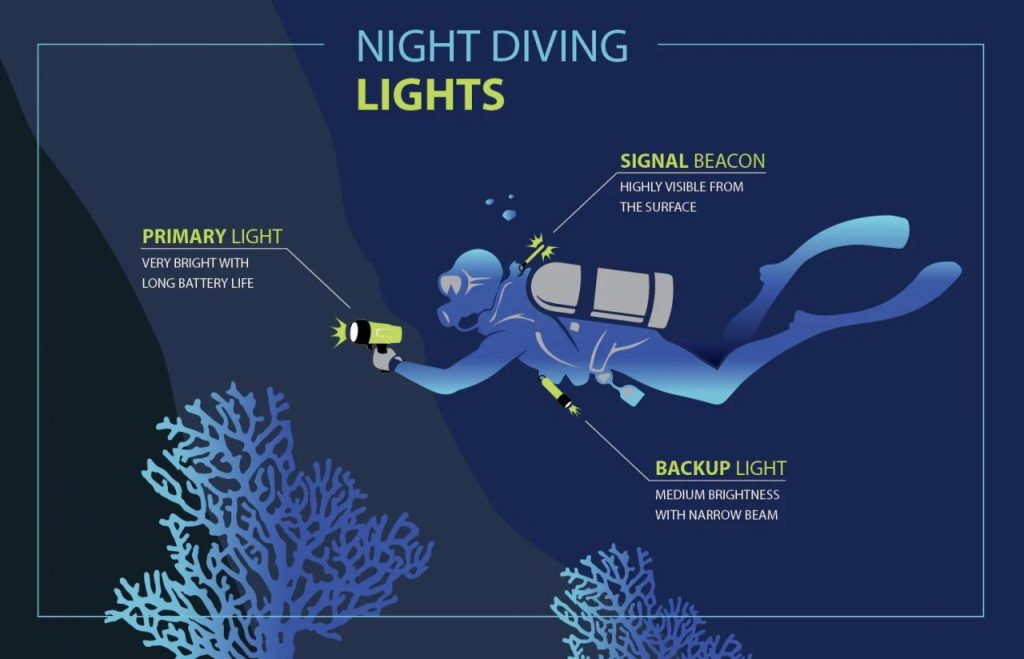
Night Diving Locations and Tips offer a thrilling adventure under the stars, exploring unique underwater worlds and navigating challenges with safety in mind. Dive in to uncover the top locations and essential advice for your next nocturnal underwater expedition.
If you’re ready to embark on a nighttime aquatic journey like no other, this guide will illuminate the path to unforgettable diving experiences.
Night Diving Locations and Tips
Night diving opens up a whole new world of underwater exploration, allowing divers to witness nocturnal marine life in a completely different light. Here, we will discuss popular night diving locations around the world, the unique challenges and safety considerations involved in night diving, and share tips for preparing and planning a night diving expedition.
Popular Night Diving Locations, Night Diving Locations and Tips
Night diving can be an exhilarating experience in various locations around the globe. Some popular night diving destinations include:
- The Great Barrier Reef, Australia – Known for its vibrant coral reefs and diverse marine life, night diving here offers a chance to see creatures like octopuses, parrotfish, and reef sharks in their nocturnal habitat.
- Kona, Hawaii – With manta rays gracefully gliding through the water at night, Kona is a favorite spot for night diving enthusiasts seeking unforgettable encounters with these majestic creatures.
- Bonaire, Caribbean – The calm, clear waters of Bonaire provide an excellent backdrop for night dives, where divers can spot seahorses, eels, and other fascinating marine species.
Challenges and Safety Considerations
Night diving presents unique challenges due to reduced visibility and the need for specialized equipment. Some safety considerations to keep in mind include:
- Use of dive lights: Proper lighting is essential for night diving to maintain visibility and communicate with your dive buddy.
- Buddy system: Always dive with a buddy during night dives to ensure mutual safety and assistance in case of emergencies.
- Navigation: Familiarize yourself with the dive site during daylight hours to avoid disorientation in the dark.
Tips for Night Diving
Before embarking on a night diving expedition, consider the following tips to enhance your experience and stay safe:
- Check your equipment: Ensure that your dive lights are fully charged and in working condition before heading out for a night dive.
- Plan your dive: Discuss the dive plan with your buddy, establish hand signals for communication, and set a maximum depth and dive time to prevent issues underwater.
- Stay calm and alert: Night diving can be disorienting, so practice controlled breathing and remain vigilant to enjoy the wonders of the underwater world.
Hiking and Trekking Mountain Adventures
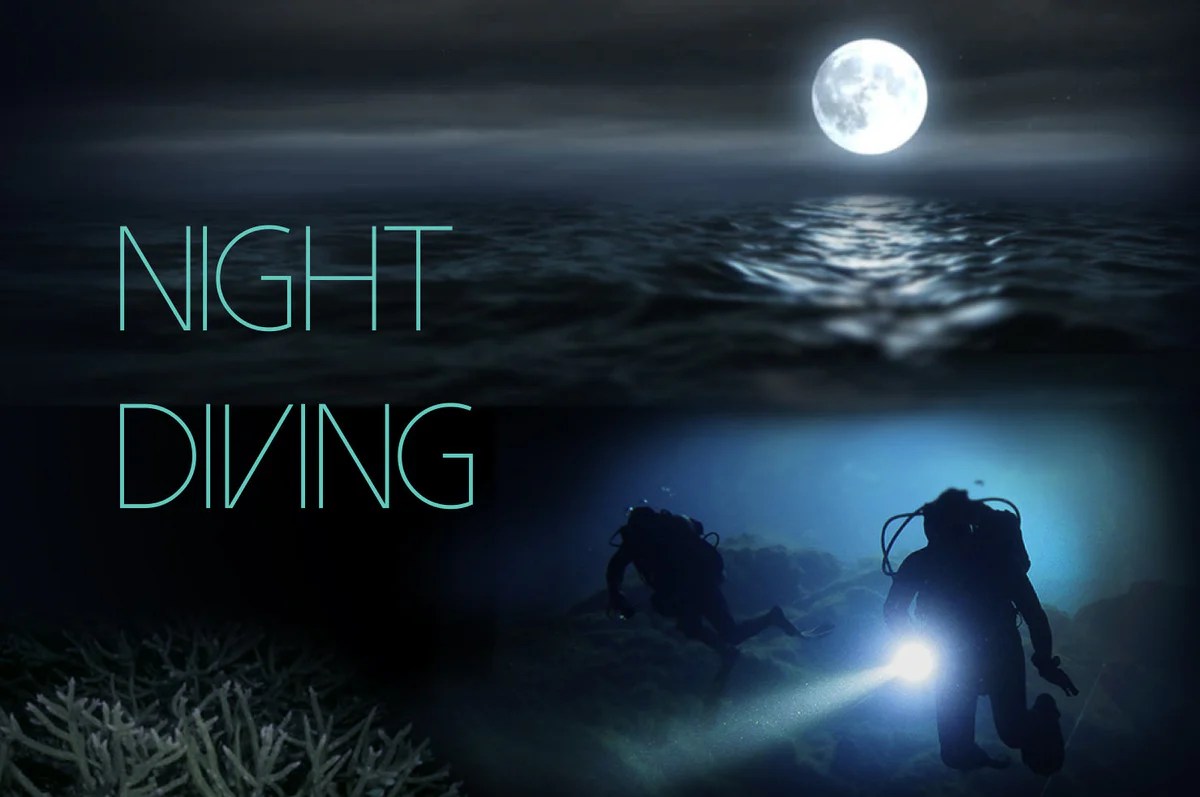
Embarking on a mountain hiking or trekking adventure requires the right gear, safety precautions, and knowledge of the trails. Whether you are a beginner or experienced hiker, being prepared is essential for a successful mountain expedition.
Essential Gear for Mountain Hiking or Trekking
Before hitting the trails, make sure to pack the essential gear to ensure a safe and enjoyable hike:
- Sturdy hiking boots with ankle support
- Weather-appropriate clothing (layers are recommended)
- Backpack with extra water, snacks, and a first aid kit
- Navigation tools such as a map, compass, or GPS device
- Sun protection (hat, sunglasses, sunscreen)
- Headlamp or flashlight for night hikes
Safety Tips for Navigating Challenging Terrains
When tackling challenging terrains during a hike, keep these safety tips in mind:
- Stay on marked trails and follow trail markers
- Inform someone of your hiking plans and expected return time
- Stay hydrated and take regular breaks
- Be aware of wildlife and potential hazards
- Check the weather forecast before heading out
Most Breathtaking Mountain Trails to Explore
For those seeking awe-inspiring views and memorable experiences, consider exploring these breathtaking mountain trails:
- The Inca Trail in Peru leading to Machu Picchu
- The Tour du Mont Blanc in the French Alps
- The Appalachian Trail spanning across the Eastern United States
- The Everest Base Camp Trek in Nepal
- The Tongariro Alpine Crossing in New Zealand
Safari and Wildlife Tours
Embarking on a wildlife safari tour is a thrilling experience that allows you to witness animals in their natural habitats. It is essential to choose the right safari destination and practice responsible tourism to ensure the well-being of the wildlife and their ecosystems.
Best Safari Destinations for Spotting Wildlife
When it comes to spotting wildlife, certain destinations stand out for their abundance of diverse species. Here are some of the best safari destinations known for their wildlife sightings:
- Maasai Mara National Reserve, Kenya
- Serengeti National Park, Tanzania
- Chobe National Park, Botswana
- Kruger National Park, South Africa
- Ranthambore National Park, India
Typical Daily Itinerary on a Wildlife Safari Tour
During a wildlife safari tour, your days are filled with exciting activities to maximize wildlife sightings. A typical daily itinerary may include the following:
- Early morning game drives to catch animals at their most active times
- Midday rest or leisure time at the camp or lodge
- Afternoon game drives to explore different areas of the reserve/park
- Sunset drives or guided walks for a unique wildlife experience
- Evening relaxation around a campfire while sharing stories with fellow travelers
Importance of Responsible Tourism Practices on Safari
Responsible tourism practices are crucial when on a safari to protect the environment, wildlife, and local communities. It is essential to follow guidelines such as:
- Respecting wildlife by maintaining a safe distance and not disturbing their natural behavior
- Minimizing waste and practicing eco-friendly habits to reduce your environmental impact
- Supporting local conservation efforts and communities by choosing ethical tour operators
- Learning about the wildlife and ecosystem to gain a deeper understanding of the importance of conservation
Extreme Sports Travel
Are you an adrenaline junkie looking for your next thrill? Extreme sports travel might be just what you need. From skydiving to bungee jumping, there are plenty of heart-pounding activities available for adventurous travelers.
Importance of Proper Training and Skill Development
Before diving headfirst into extreme sports, it’s crucial to undergo proper training and skill development. These activities can be dangerous, so being prepared and knowledgeable is key to ensuring a safe and enjoyable experience.
- Research reputable instructors or schools to learn from.
- Practice in controlled environments before attempting more extreme challenges.
- Always follow safety guidelines and listen to experienced professionals.
Safety Tips for Participating in Extreme Sports
While the rush of adrenaline can be addicting, safety should always come first when engaging in extreme sports. Here are some tips to help prevent accidents or injuries:
- Wear appropriate safety gear, such as helmets, harnesses, or pads.
- Double-check all equipment before each activity to ensure it’s in good working condition.
- Know your limits and don’t push yourself beyond what you’re comfortable with.
- Stay hydrated and listen to your body – take breaks when needed.
Scuba Diving Destinations
Scuba diving enthusiasts are always on the lookout for the best destinations to explore diverse marine life. Here are some of the world’s top scuba diving locations:
Great Barrier Reef, Australia
A UNESCO World Heritage Site, the Great Barrier Reef is the largest coral reef system in the world, offering a stunning array of marine life including colorful corals, fish, and sea turtles.
Galapagos Islands, Ecuador
The Galapagos Islands are known for their unique and abundant marine life, with opportunities to see hammerhead sharks, sea lions, marine iguanas, and even whale sharks.
Red Sea, Egypt
The Red Sea is a popular destination for scuba divers due to its crystal-clear waters, vibrant coral reefs, and diverse marine species such as reef sharks, dolphins, and colorful fish.
Palau, Micronesia
Palau is a paradise for divers with its stunning underwater landscapes, WWII wrecks, and diverse marine life including manta rays, sharks, and jellyfish lakes.
Maldives
The Maldives is renowned for its luxury dive resorts and abundant marine biodiversity, offering encounters with whale sharks, manta rays, and various species of fish and corals.
Necessary Certifications and Training
- Basic Open Water Diver certification is required for most recreational scuba diving.
- Advanced certifications such as Advanced Open Water Diver, Rescue Diver, and Dive Master are recommended for more challenging dives.
- Specialty certifications like Nitrox, Deep Diver, and Underwater Photography can enhance your diving skills and experience.
Environmental Impact and Sustainable Diving
Scuba diving can have a significant impact on marine ecosystems if not practiced responsibly. Here are ways to promote sustainable diving practices:
- Practice buoyancy control to avoid damaging coral reefs and marine life.
- Avoid touching or disturbing marine animals and habitats.
- Choose eco-friendly dive operators that follow sustainable practices.
- Participate in underwater clean-up efforts and marine conservation initiatives.
Adventure Travel Blogs
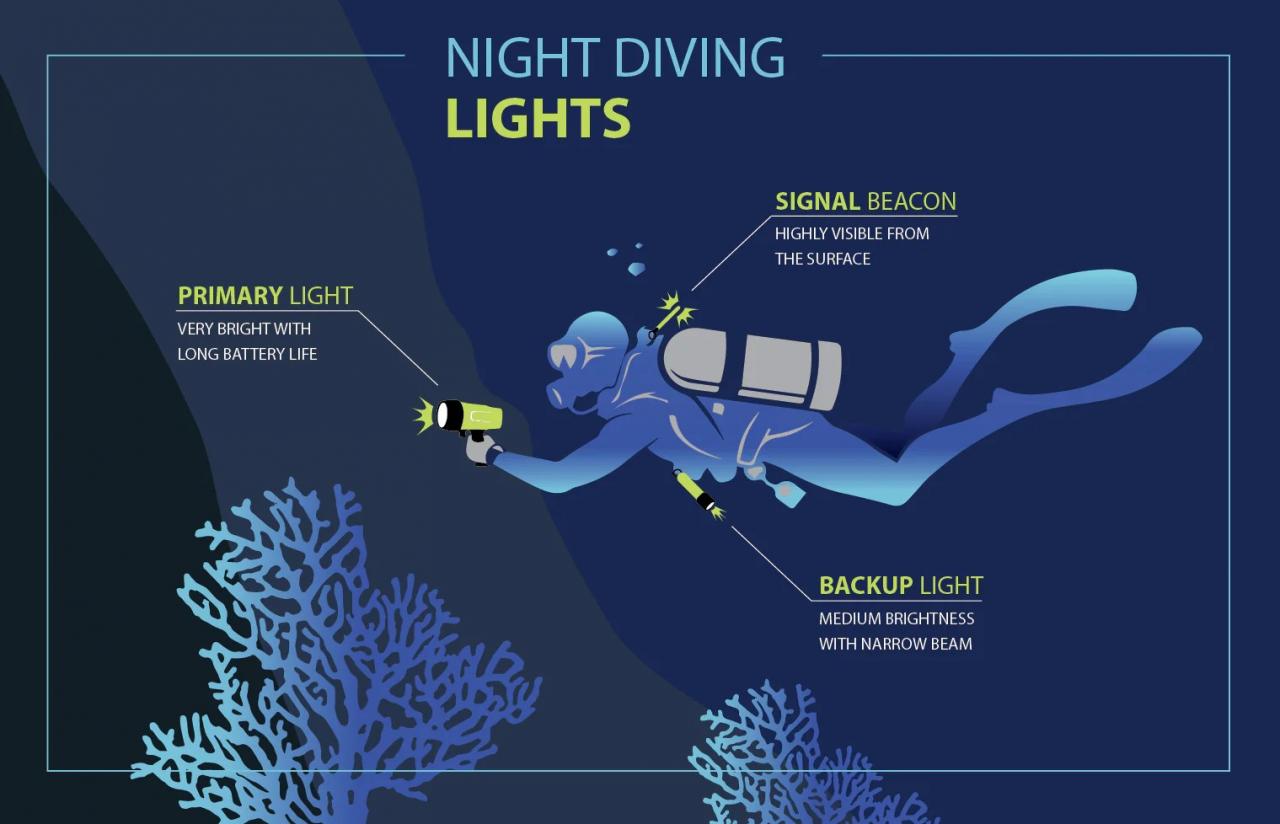
Adventure travel blogs play a crucial role in inspiring and informing travelers about unique destinations, activities, and experiences around the world. These blogs provide valuable insights, tips, and firsthand accounts that help readers plan their own adventures and step out of their comfort zones.
Influential Adventure Travel Bloggers and Popular Destinations
Adventure travel bloggers are individuals who have a passion for exploring the unknown and sharing their experiences with the world. Some influential adventure travel bloggers include:
- Chris Burkard – Known for his stunning photography of remote locations like Iceland and Patagonia.
- Nomadic Matt – Provides budget travel tips and destination guides for adventurous travelers.
- Expert Vagabond (Matthew Karsten)
-Specializes in off-the-beaten-path adventures and adrenaline-pumping activities.
These bloggers often cover popular destinations such as Iceland, New Zealand, Costa Rica, and Nepal, offering detailed insights into the best places to visit, things to do, and how to make the most of your adventure.
Role of Adventure Travel Blogs
Adventure travel blogs serve as a source of inspiration for travelers looking to embark on new and exciting journeys. They offer practical advice, personal anecdotes, and recommendations that can help readers plan their own adventures with confidence. These blogs also create a sense of community among like-minded travelers, fostering a spirit of exploration and discovery.
Tips for Starting and Maintaining a Successful Adventure Travel Blog
- Find your niche: Identify what sets your blog apart from others and focus on a specific aspect of adventure travel.
- Create engaging content: Share captivating stories, stunning photos, and useful tips that resonate with your audience.
- Build a strong online presence: Utilize social media platforms, collaborate with other bloggers, and engage with your readers to grow your following.
- Be consistent: Regularly update your blog with fresh content to keep readers interested and coming back for more.
- Monetize wisely: Explore different revenue streams such as sponsored content, affiliate marketing, and product sales without compromising the integrity of your blog.
Rock Climbing Trips
Rock climbing trips offer a thrilling and challenging experience for adventure enthusiasts. Whether you’re a beginner or an experienced climber, there are various types of rock climbing trips to choose from, each providing a unique set of challenges and rewards.
Types of Rock Climbing
- Bouldering: Involves climbing small rock formations or artificial walls without the use of ropes, typically focusing on short and powerful moves.
- Sport Climbing: Climbers ascend pre-set routes on rock faces using fixed anchors for protection, with a focus on endurance and technique.
- Traditional Climbing: Also known as trad climbing, this style involves placing removable gear for protection as climbers ascend natural rock formations, emphasizing self-reliance and route-finding skills.
Essential Gear for Beginners
- Helmet
- Harness
- Climbing shoes
- Belay device
- Carabiners
- Climbing rope
- Climbing chalk and chalk bag
Proper gear and equipment are crucial for a safe and enjoyable climbing experience.
Safety Guidelines and Techniques
- Always perform thorough safety checks on your gear before climbing.
- Communicate effectively with your climbing partner and establish clear signals.
- Learn and practice proper belaying techniques to ensure the safety of yourself and your partner.
- Stay focused and mindful while climbing, paying attention to your movements and surroundings.
Beaten Path Adventures
Exploring off-the-beaten-path adventures can offer a unique and authentic travel experience for those seeking something beyond the usual tourist destinations. Venturing off the beaten path allows travelers to discover hidden gems, immerse themselves in local culture, and escape the crowds.
Hidden Gems and Lesser-Known Destinations
There are countless hidden gems and lesser-known destinations around the world that are worth exploring. These places often offer untouched natural beauty, rich history, and unique experiences that cannot be found in more popular tourist spots. Some examples include:
- Off-the-grid villages in remote mountain regions
- Secret beaches tucked away from the main tourist areas
- Historical sites that are not well-known but hold significant cultural value
Benefits and Challenges of Venturing Off the Beaten Path
When travelers choose to venture off the beaten path, they can enjoy a range of benefits, such as:
- Authentic cultural experiences and interactions with locals
- Less crowded and more peaceful surroundings
- The opportunity to discover hidden natural wonders
However, there are also challenges to consider when exploring off-the-beaten-path destinations, including:
- Lack of infrastructure and amenities
- Difficulty in navigation and communication due to remote locations
- Potential safety concerns in unfamiliar areas
Winter Sports Travel
Winter sports travel offers thrilling experiences for adventure seekers looking to embrace the cold weather. Popular winter sports activities include skiing, snowboarding, and ice climbing, each providing unique challenges and excitement. To make the most of your winter sports adventures, it is essential to stay warm and safe while exploring the snowy landscapes. Additionally, choosing the right destination can enhance your winter sports experience, with various locations around the world offering exceptional opportunities for outdoor enthusiasts.
Popular Winter Sports Activities
- Skiing: Whether you’re a beginner or an expert, skiing down snow-covered slopes is a favorite winter activity for many. From groomed trails to backcountry terrain, skiing offers a wide range of options for all skill levels.
- Snowboarding: Riding a snowboard down the slopes provides a unique and exhilarating experience. With the freedom to carve through fresh powder or perform tricks in the terrain park, snowboarding is a popular choice for winter sports enthusiasts.
- Ice Climbing: Scaling frozen waterfalls and ice formations challenges both physical strength and mental focus. Ice climbing requires specialized gear and training, making it a thrilling but demanding winter sport.
Tips for Staying Warm and Safe
- Dress in layers: Wearing multiple layers of clothing helps regulate body temperature and provides insulation against the cold.
- Protect your extremities: Keep your hands, feet, and head warm with gloves, insulated boots, and a hat or helmet.
- Stay hydrated and nourished: Cold weather can dehydrate you quickly, so be sure to drink plenty of water and eat energy-rich foods to fuel your adventures.
- Know your limits: Winter sports can be physically demanding, so listen to your body and take breaks when needed to prevent exhaustion or injuries.
Best Winter Sports Destinations
- Whistler, Canada: Known for its world-class skiing and snowboarding facilities, Whistler offers stunning mountain views and diverse terrain for winter sports enthusiasts.
- Chamonix, France: Home to the iconic Mont Blanc, Chamonix is a mecca for ice climbers seeking challenging ascents and breathtaking alpine scenery.
- Niseko, Japan: Renowned for its deep powder snow, Niseko is a paradise for skiers and snowboarders looking to experience the famous Japanese hospitality and culture.
Desert Expeditions: Night Diving Locations And Tips
Desert expeditions offer a unique and captivating experience, allowing travelers to immerse themselves in the vast and stunning landscapes of arid regions. The allure of desert exploration lies in the untouched beauty and tranquility of these harsh environments.
Allure of Desert Expeditions
Deserts are characterized by their vast sand dunes, rocky terrain, and unique flora and fauna. The stark contrast between the scorching heat of the day and the coolness of the night creates a surreal atmosphere that is both challenging and rewarding for adventurers. The silence and solitude of the desert provide a sense of peace and introspection that is hard to find elsewhere.
Essential Items for a Desert Expedition
- Ample water supply to stay hydrated in the dry climate
- Sun protection such as hats, sunglasses, and sunscreen
- Navigation tools like a map, compass, or GPS device
- Proper clothing to shield from the sun during the day and keep warm at night
- Emergency supplies including first aid kit, flashlight, and extra food
Challenges and Rewards of Desert Exploration
Exploring deserts can present numerous challenges, including extreme temperatures, limited water sources, and navigation difficulties due to the vast and monotonous landscape. However, the rewards of witnessing stunning sunsets, stargazing under clear skies, and encountering unique desert wildlife make the journey worthwhile. Whether traveling on foot, by camel, or in a vehicle, each mode of transport offers a different perspective on the beauty and harshness of the desert environment.
As we conclude our exploration of Night Diving Locations and Tips, remember to embrace the darkness with caution and curiosity, ensuring each dive is a mesmerizing and safe escapade into the mysterious depths of the sea.
FAQ Explained
What are the unique challenges of night diving?
Night diving presents challenges such as limited visibility, disorientation, and potential encounters with nocturnal marine life. Proper preparation and training are crucial.
How can I prepare for a night diving expedition?
Prepare by checking your equipment, familiarizing yourself with the dive site during the day, communicating effectively with your dive buddy, and carrying a reliable underwater light.
Are night diving locations different from day diving spots?
Yes, night diving locations often offer a different array of marine life and unique experiences due to nocturnal creatures being more active after dark.

